Best triathlon watches 2025: Top multisport picks for every athlete
I've tested the best triathlon watches of 2025 from Garmin, Polar, Suunto and Coros that helped me improve performance and recovery every step of the way

Lee Bell
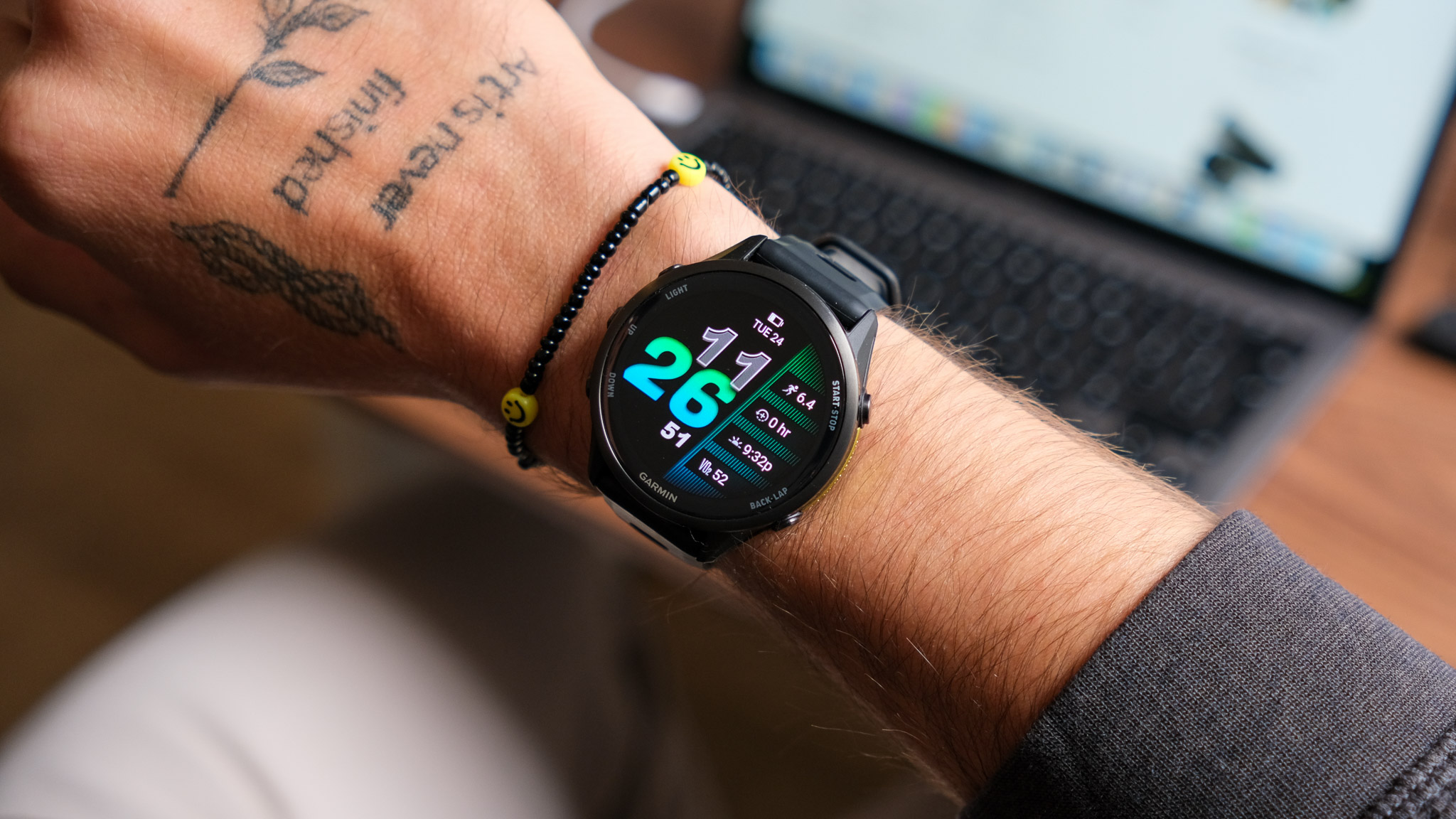
Is the best triathlon watch a must-have? It isn't, but I found that monitoring performance and recovery with a multisport watch can give you a competitive edge over your fellow triathletes. I tested dozens of wearables, and the nine performance wearables below are my top choices for triathlons.
If you're new to the sport, let me tell you, a proper triathlon multisport watch can help you train more effectively than going on intuition alone. Triathlon watches differ from the best running watches as they can be used for multisport training, taking the guesswork out of your training, which is beneficial for beginners and pros alike.
When choosing a triathlon watch, look for features tailored to swim, bike and run training. These include dedicated multisport modes with seamless transition tracking, long battery life for race day, accurate GPS and heart rate monitoring, and compatibility with external sensors like power meters and chest straps. Advanced recovery insights and training load metrics are also key for improving performance without overtraining.
Need even better accuracy? Pair your triathlon watch with one of the best heart rate monitors. One of the most common triathlon mistakes is to get your pacing wrong by not knowing which heart rate zone you should train in when you swim, cycle and run.
My current favourite triathlon watch is the ever-so-capable Garmin Forerunner 965, a premium option that does everything better than all other wearables on the market. If you want something more rugged, go for the Garmin Fenix 7, which is practically indestructible and immensely popular. Want to focus on recovery? The Polar Vantage V3 is my top choice for that purpose.

The Garmin Forerunner 965 is an exceptional multisport watch, lighter and thinner than its predecessor with a stunning AMOLED display. It's ideal for enthusiasts and pros, offering accurate performance and readability.
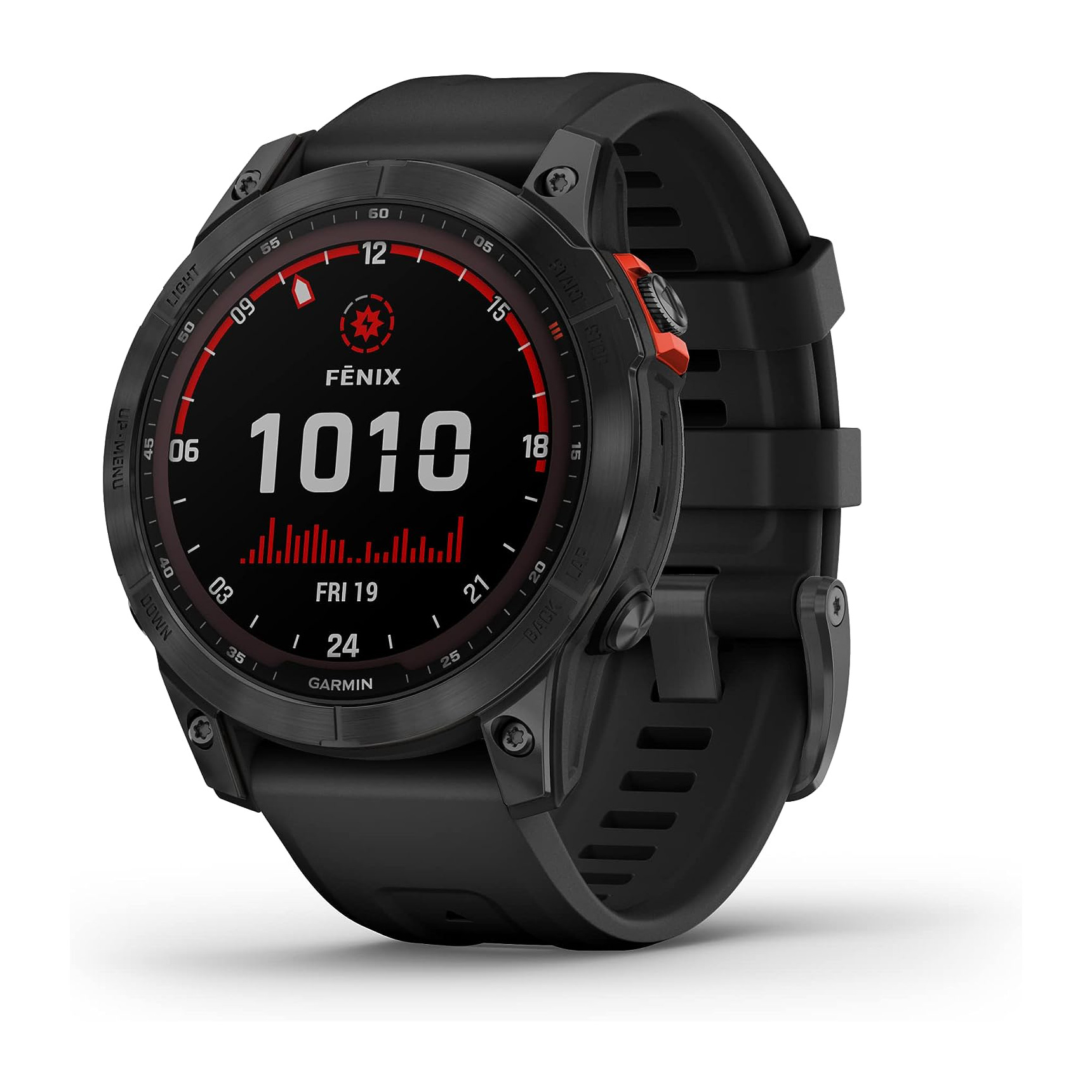
The Garmin Fenix 7, enhanced with Power Glass for solar charging and durability, offers longer battery life for triathletes. No wonder the Fenix series is one of the most popular franchise from Garmin.
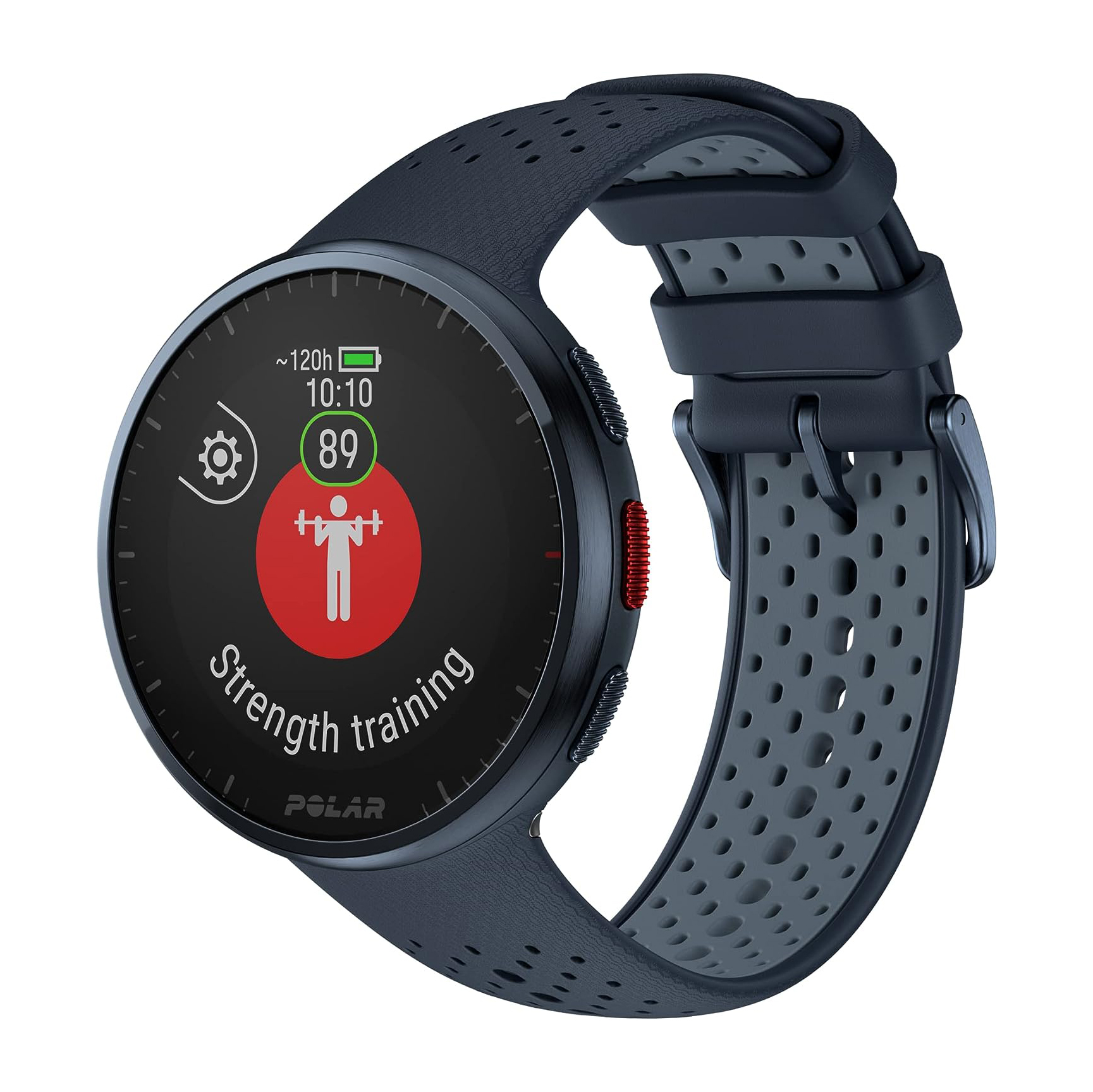
The Polar Pacer Pro boasts a bright, easy-to-read display and lightning-fast processing. It measures running power on the wrist and offers fantastic value for triathlon enthusiasts.
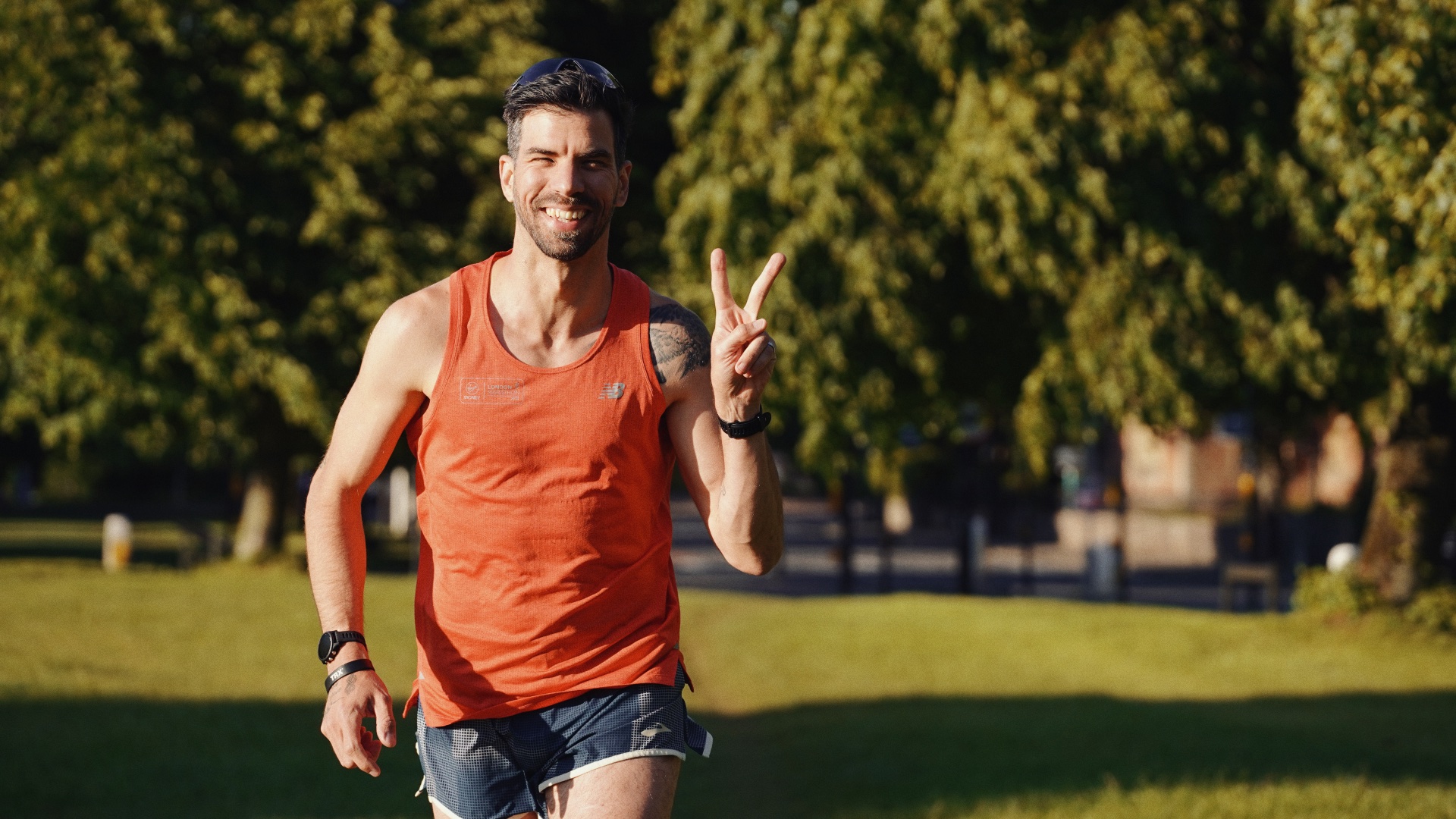
Matt is T3’s in-house wearables expert with years of hands-on experience using, testing and reviewing performance smartwatches. A keen swimmer, cyclist and runner, he’s perfectly placed to put triathlon watches through their paces.
Best triathlon watches to buy right now
Best overall
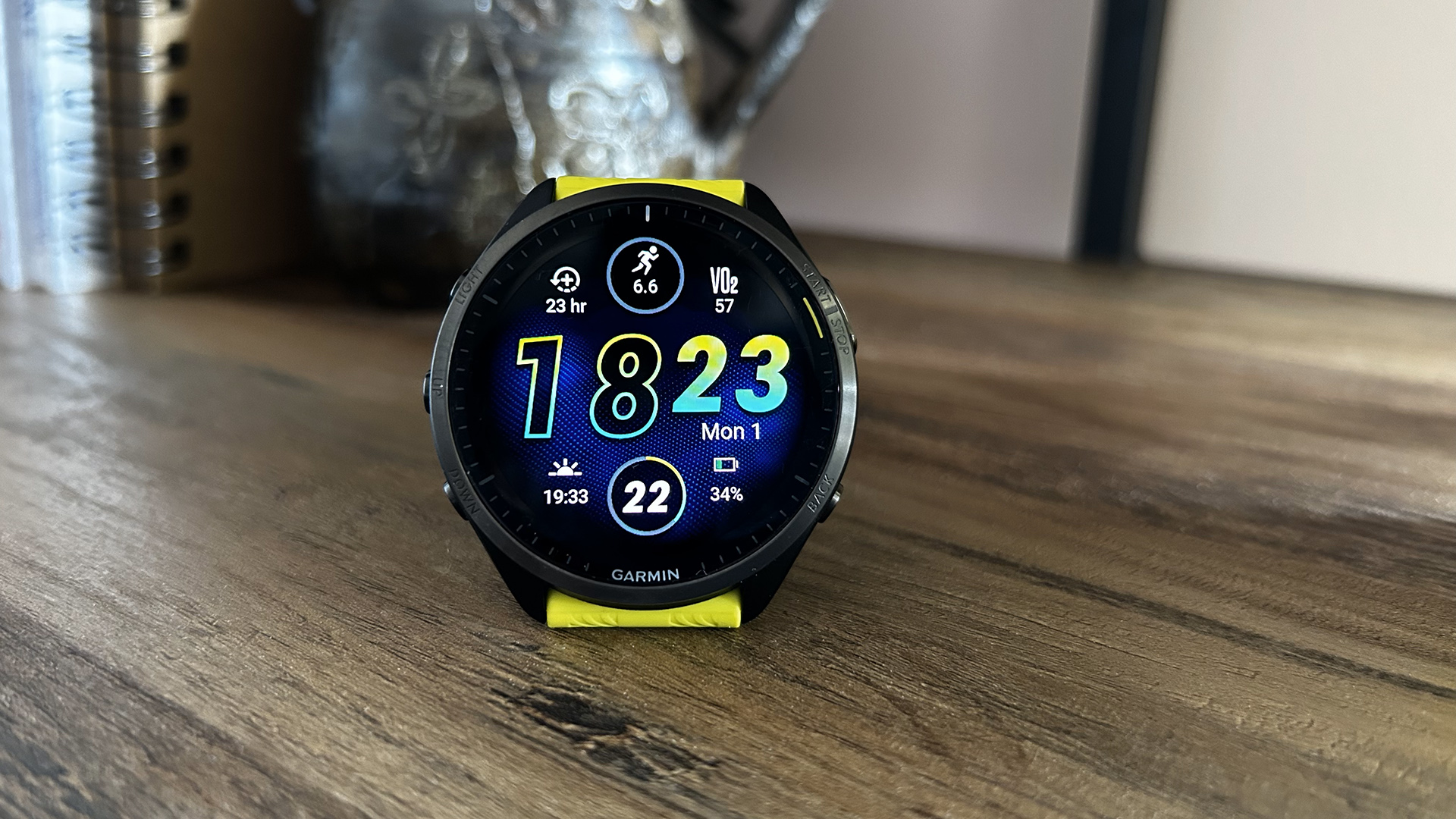
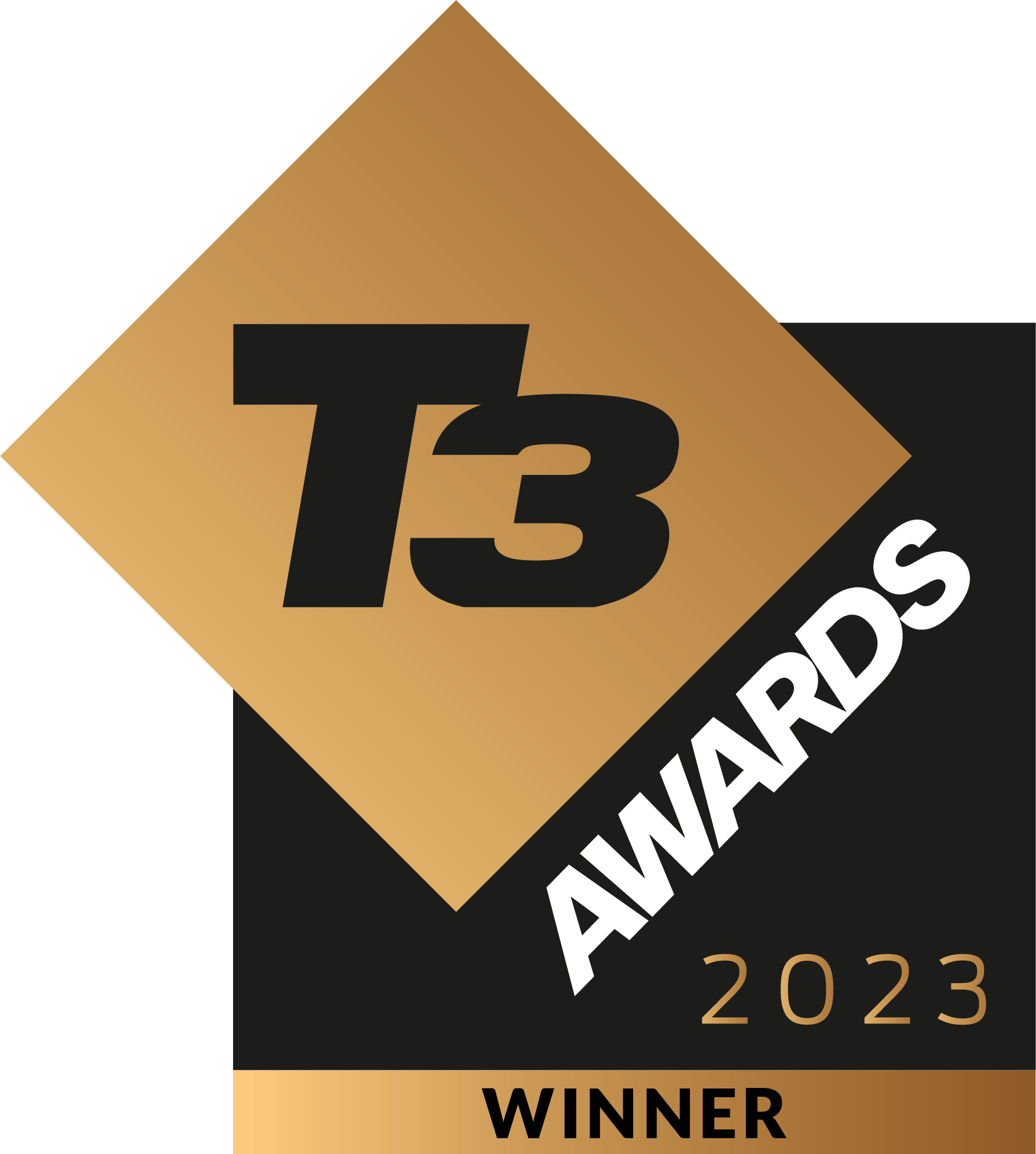
Specifications
Reasons to buy
Reasons to avoid
The Garmin Forerunner 965 is a mind-blowingly capable multisport wearable and my current favourite triathlon watch. It's everything I hoped the Garmin Forerunner 955 Solar would be – and then some.
Despite using the same sensors and features as its predecessor, the Forerunner 965 is lighter and thinner, which is not a bad thing for enthusiasts and pros alike, who often prefer lightweight gear to optimise performance.
The five-button plus touchscreen navigation offers everyone a way to control the watch, no matter which smartwatch brand you preferred before. However, Garmin's menu system can be a bit overwhelming for beginner users at first.
The superb AMOLED display is easy to read and looks stunning. The UI colours are a bit garish for our taste – I prefer the saturated yet palatable interface of the Apple Watch Series 8 – but I appreciate the saturated colours are easier to read quickly, which, yet again, is a desirable feature for a performance wearable.
If you need an accurate multisport watch and have enough money to buy one, the Garmin Forerunner 965 is your best option. I loved it during testing, and you'll love it, too. 100 per cent.
Read our full Garmin Forerunner 965 review.
22 May 2025 – Garmin has quietly rolled out a significant software update to several of its top smartwatches, including the Forerunner 965, introducing features like Breathing Variations for sleep analysis, a Rucking Activity mode with pack weight input for accurate metrics, and enhanced security with passcode protection. Read more here.
Best rugged
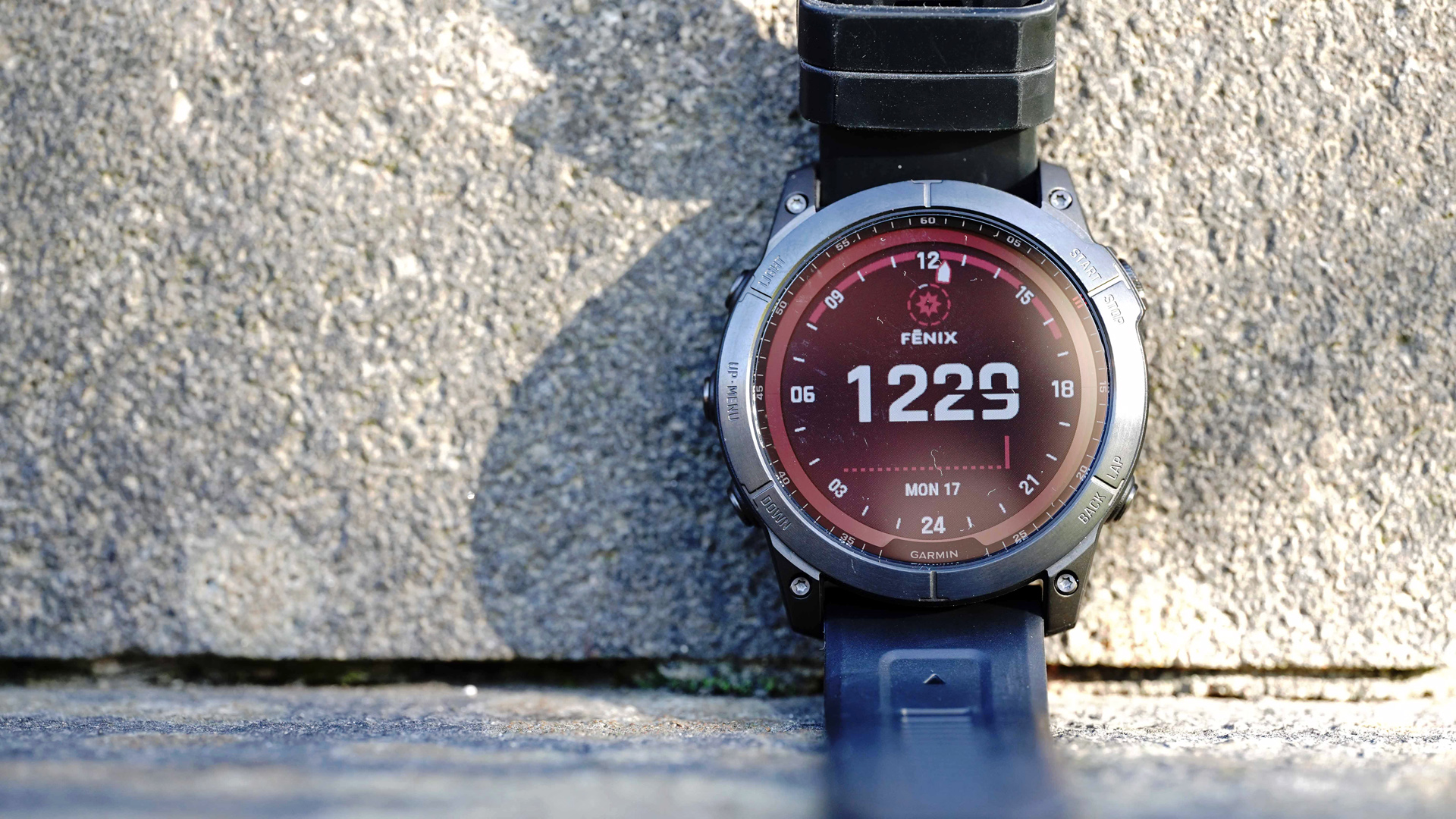
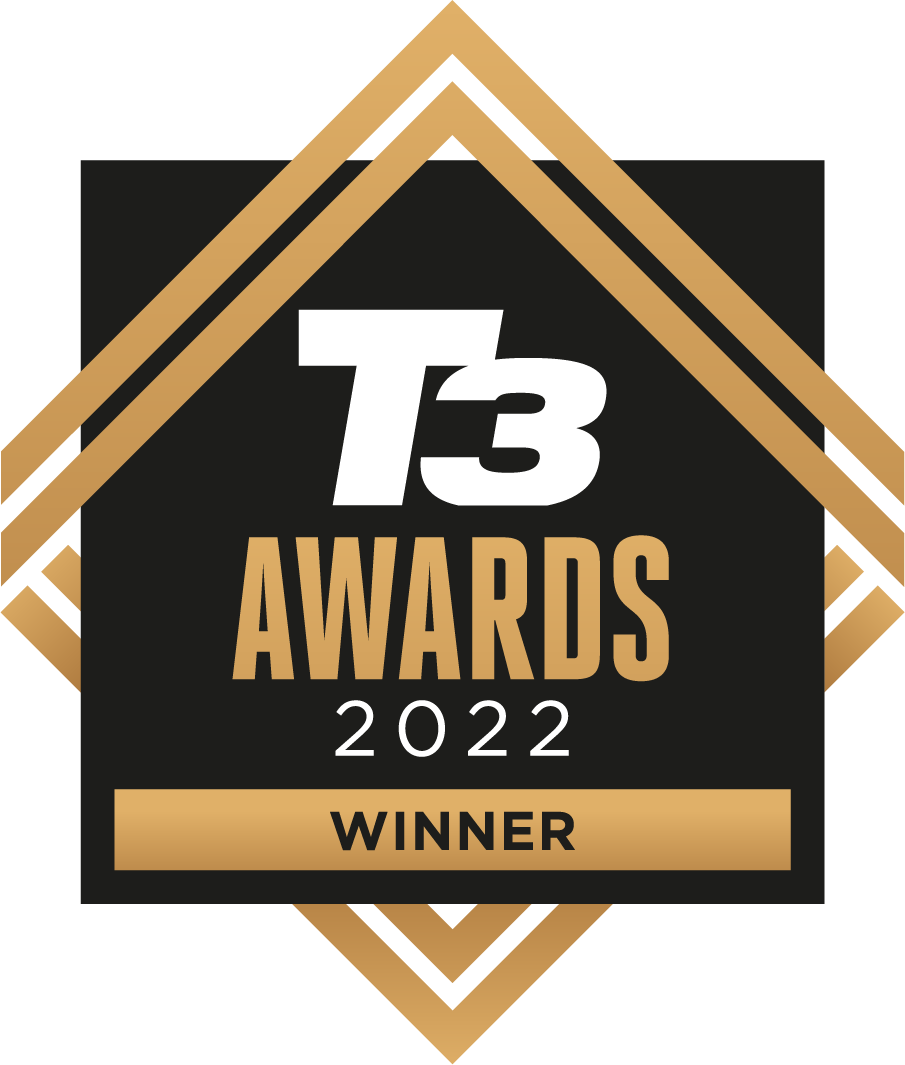
Specifications
Reasons to buy
Reasons to avoid
With the Fenix 7, Garmin improved the formula that made the Garmin Fenix 6 Pro such a well-received rugged wearable. The most notable improvements include a touchscreen display, new training tools, and a physical flashlight (Fenix 7X model only).
Adding the Power Glass was a stroke of genius; it combines the solar harvesting feature with the durable Sapphire glass lens, which means the Fenix 7 is tougher and has a longer battery life than its predecessor, which was evident when I tested the watch both in and outside the water.
The Stamina feature is a great addition and measures short and long-term stamina during running and cycling activities. (This feature is not on by default; you must turn it on in the settings.) Knowing how much juice you have left in the tank can come in handy and even encourage you to push harder at the end of a session. I found this especially useful during long tri races.
For this and other features (such as Body Battery) to work correctly, you'll need to wear the watch 24/7, and it might be a bit of a challenge for some as the Fenix 7 is bulky. Thankfully, the watch's waterproof, so you don't have to take it off ever, even when you're in the shower/pool.
Read our full Garmin Fenix 7X review. (The Garmin Fenix 7X won the Best Multisport Watch category at the T3 Awards 2022)
Best budget
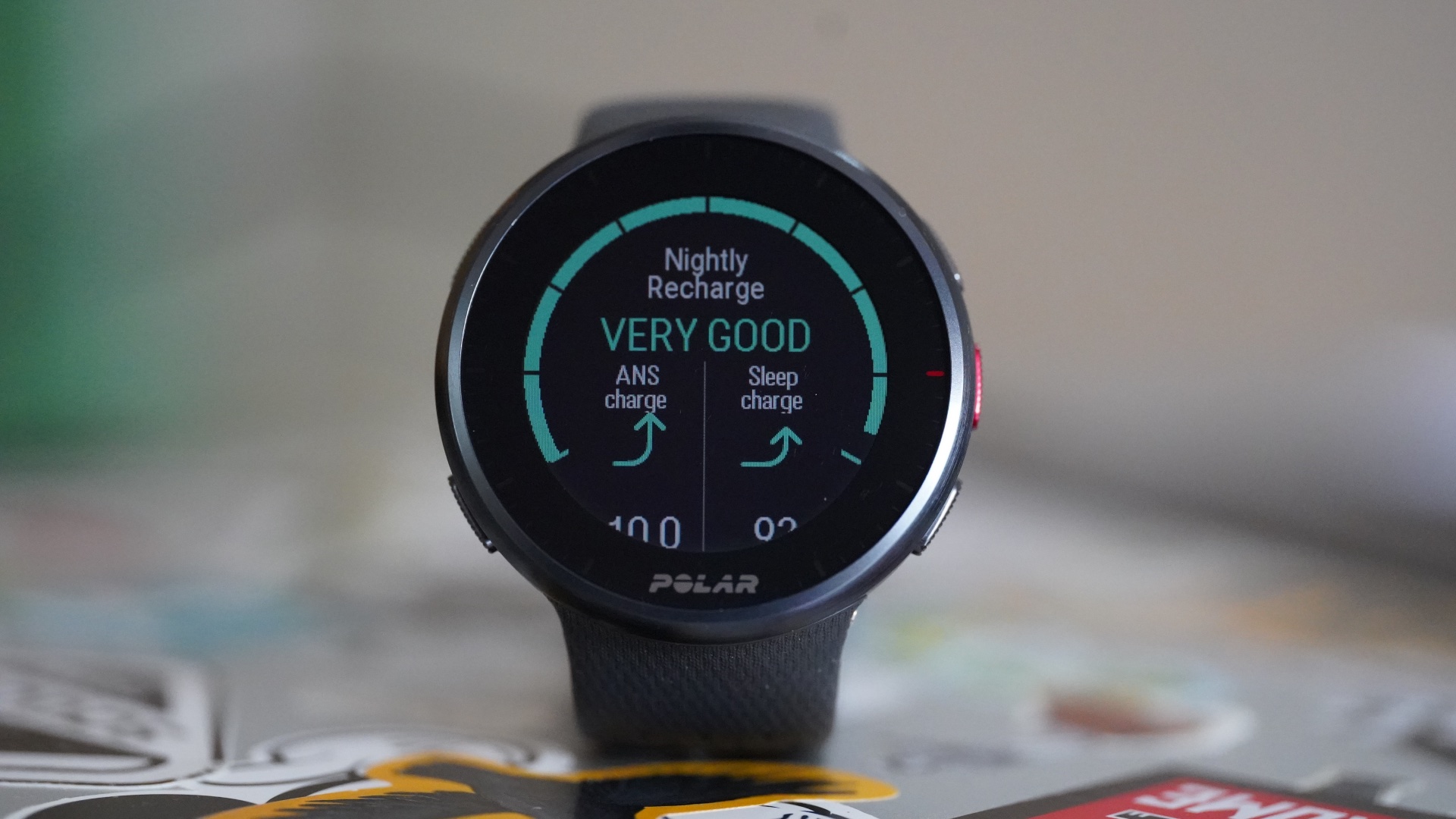
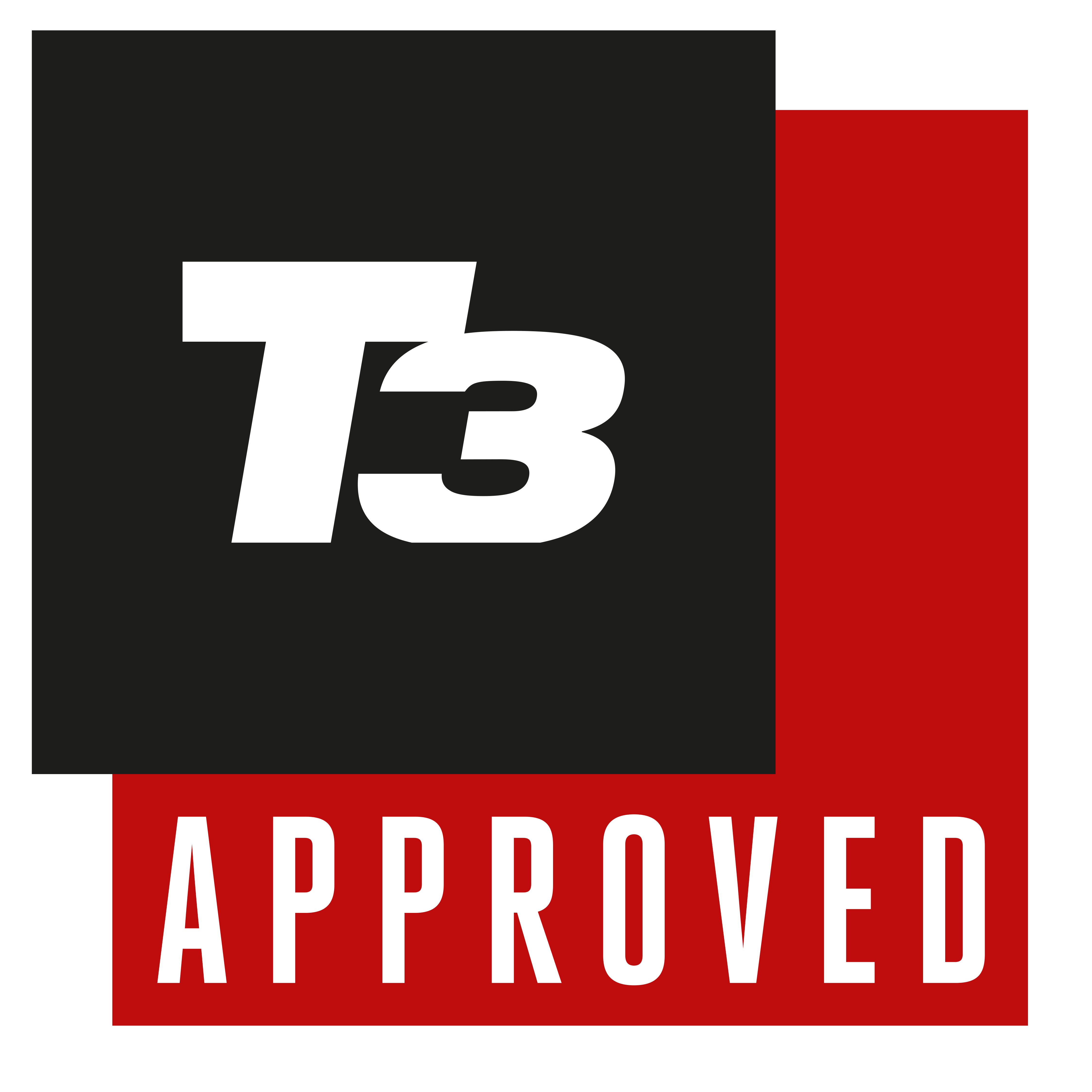
Specifications
Reasons to buy
Reasons to avoid
The Polar Pacer Pro is one of the best Polar watches available right now, especially if you aren't keen on touchscreen operation.
I like the Pacer Pro's display—it's bright and easy to read in broad daylight. It's also much, much faster in terms of processing power than the Vantage M2, its closest predecessor, which is evident in screen transitions and load times.
The Polar Pacer Pro has most of the tests the flagship Polar does and can even measure running power on the wrist. The tests provide an approximate evaluation of your performance at any given point, which might be useful for beginner users and pros alike.
I found the new Walking Test a bit so-so. It's interesting but gives you a random VO2 max estimation, which isn't all that helpful. Hopefully, further firmware updates will improve this in the future.
The Pacer Pro is currently the best value-for-money triathlon watch, so if that's what you're after, you might as well get one now.
(You might wonder why the 4-star Pacer Pro is ranked higher than the 5-star Forerunner 255S on this list; that's because they have similar functionality, but the Polar is A) cheaper (if only slightly), and B) can measure running power on the wrist without external sensors.)
Read our full Polar Pacer Pro review.
Best value for money
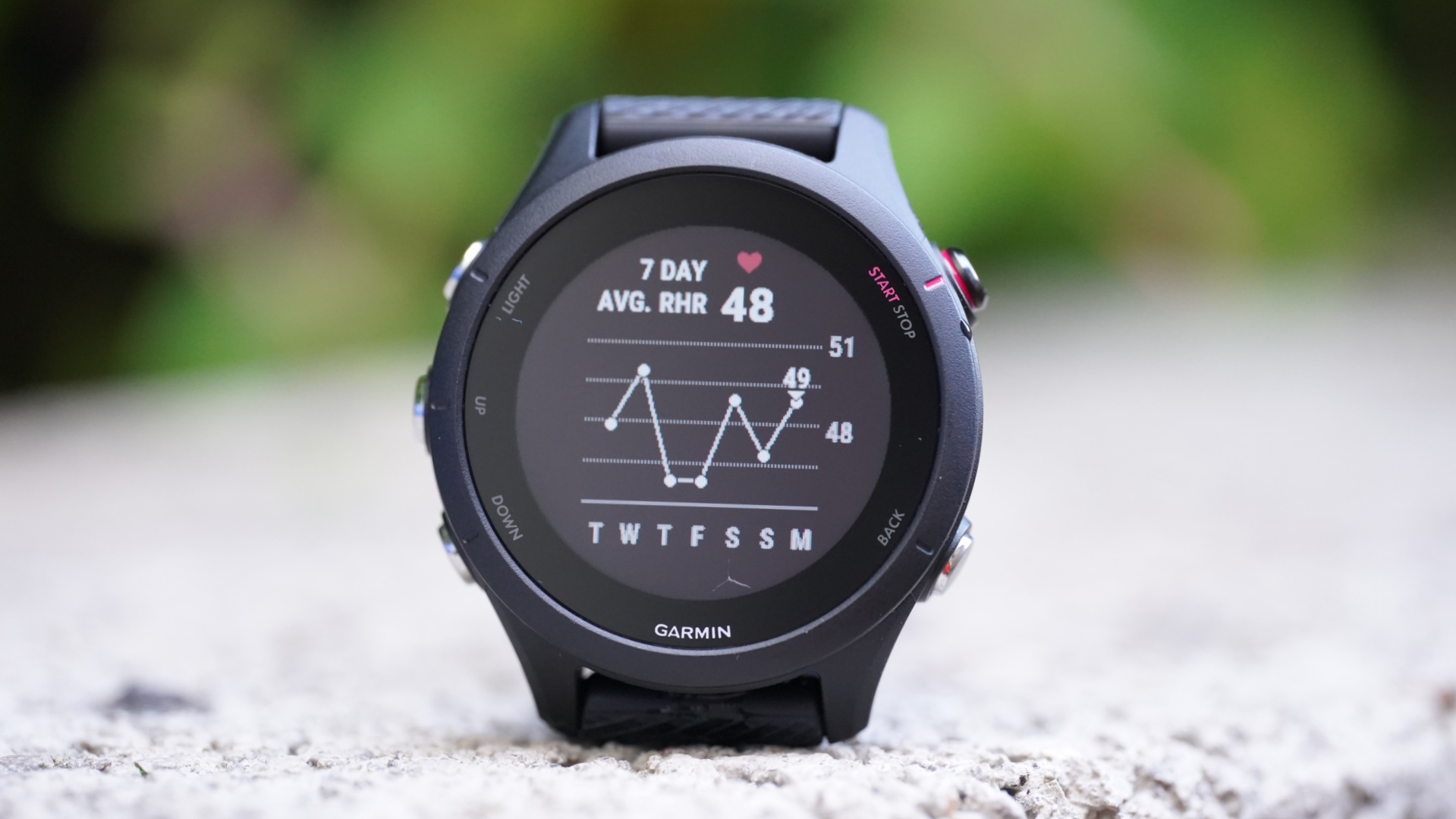

Specifications
Reasons to buy
Reasons to avoid
Primarily marketed as a running wearable, the mid-range Forerunner 255 and its smaller sibling, the Forerunner 255S, are indeed brilliant triathlon watches for people on a budget.
The standout feature, compared to its predecessor (the ever-so-capable Garmin Forerunner 245), is heart rate variability (HRV) tracking. HRV adds another layer to the extensive recovery and training features already included on the Forerunner 255. You also get the Race Widget and the triathlon mode.
Albeit small, the Forerunner 255 has the same menu and button layout as all other Garmin watches. The user interface is a bit busy but highly customisable, so if you find the data too much, feel free to trim it down to your liking.
The best thing about the watch, though, is that it enables people with small wrists to have access to pro workout features without any compromises. You can train like a pro using a small watch and a heart rate monitor – and that's worth the hefty price tag.
Read our full Garmin Forerunner 255S review.
Best for recovery
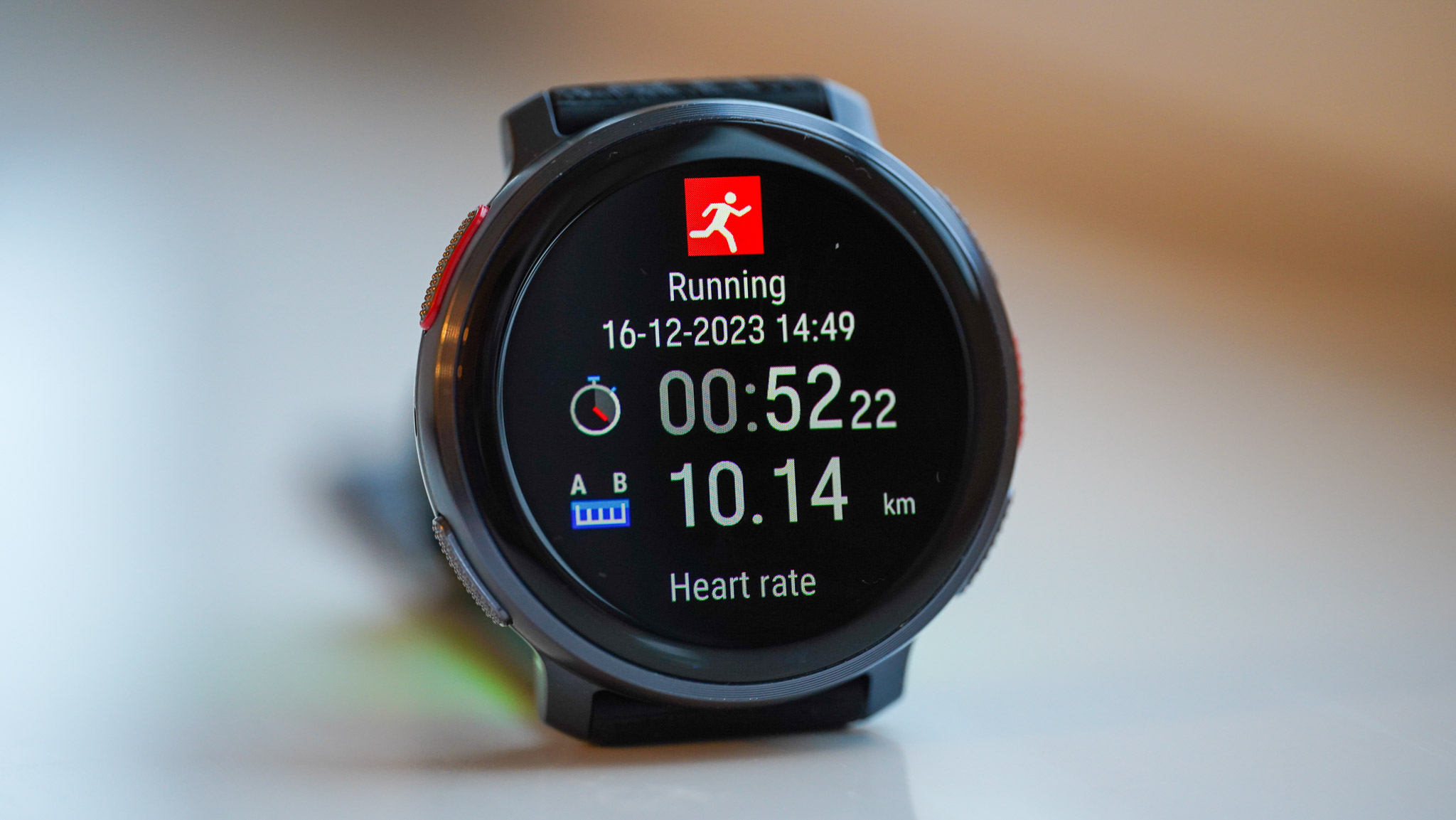

Specifications
Reasons to buy
Reasons to avoid
The Polar Vantage V3 is a powerhouse multisport watch renowned for its extensive recovery features and advanced training capabilities. Despite some drawbacks like overestimating heart rate and calorie expenditure, it shines with its updated sensor platform and lightweight design.
Its robust feature set extends beyond traditional activity tracking, catering to the needs of endurance athletes and fitness enthusiasts alike. Its multisport capabilities enable seamless transitions between different activities, making it ideal for triathlons and other multi-stage events.
The watch's focus on health optimisation makes it a go-to choice for triathletes, offering comprehensive features such as ECG, SpO2, and skin temperature tracking. With its ability to track a wide range of activities and provide detailed insights into performance and recovery, the V3 stands out as a versatile companion for athletes striving to reach their peak performance levels across various sports disciplines.
The watch's processor isn't the fastest, which is evident from screen transition times. This can be frustrating at first, but it's not impossible to get used to. The button layout is the other way around from Garmins, so if you have used those before, it might take a minute or two to get used to marking laps and finishing workouts.
Read our full Polar Vantage V3 review.
Also consider: The Polar Vantage V2 caters to serious athletes with its robust features, exceptional build quality, and comprehensive performance data. While lacking in casual amenities like music storage and NFC, it excels in providing invaluable insights for runners and cyclists, making it a top choice for dedicated fitness enthusiasts seeking data-driven improvements.
Best lightweight
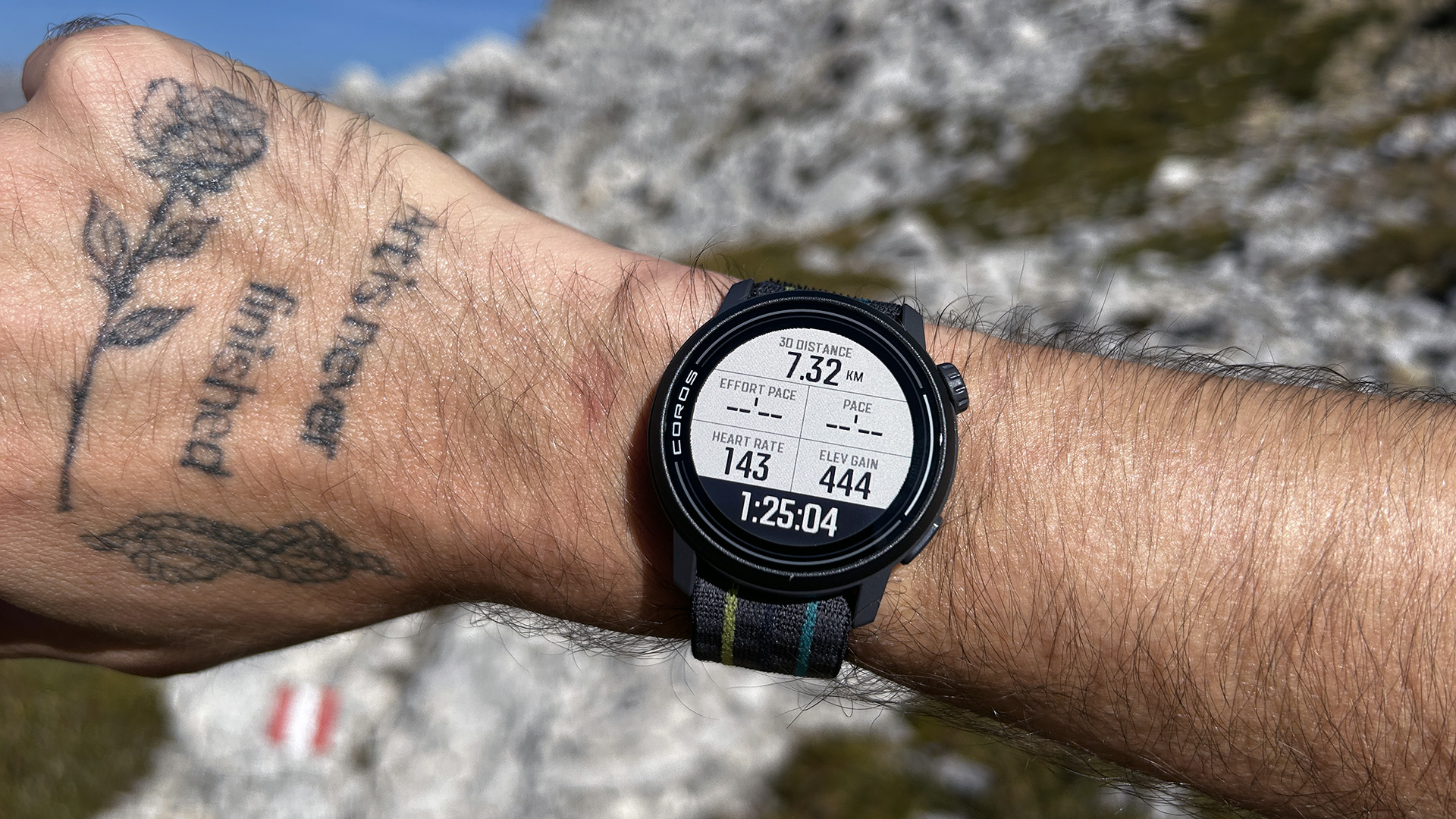

Specifications
Reasons to buy
Reasons to avoid
The Coros Pace 3 is a compelling option in the realm of multisport watches, especially for runners and triathletes seeking robust features without a hefty price tag. It looks and feels almost identical to its predecessor, the five-star-rated Coros Pace 2, but adds an updated heart rate sensor and GPS unit.
Its recent updates elevate its capabilities, boasting enhanced sensors and functionalities conducive to effective training. While its aesthetic may lack the sleekness of more premium models, the Pace 3 prioritises substance over style, delivering dependable performance tracking and extended battery longevity.
With the inclusion of outdoor workout modes and improved GPS accuracy, it caters to the diverse needs of fitness enthusiasts. Despite its modest appearance and occasional touchscreen hiccups, the Pace 3 remains a commendable choice for those prioritising functionality and value in a wearable device.
Coros' user interface is more basic than some of its competitors, which might make it easier for people not used to the brand's watches to get on board. One thing that always takes me a moment to get used to is unlocking the watch by twisting the digital crown; most performance watches are not locked by default.
Whether you're logging miles on the road or pushing through a swim leg, the Pace 3 stands as a reliable training companion, offering a blend of affordability and performance that's hard to beat in its price range.
Read our full Coros Pace 3 review.
Best mid-range
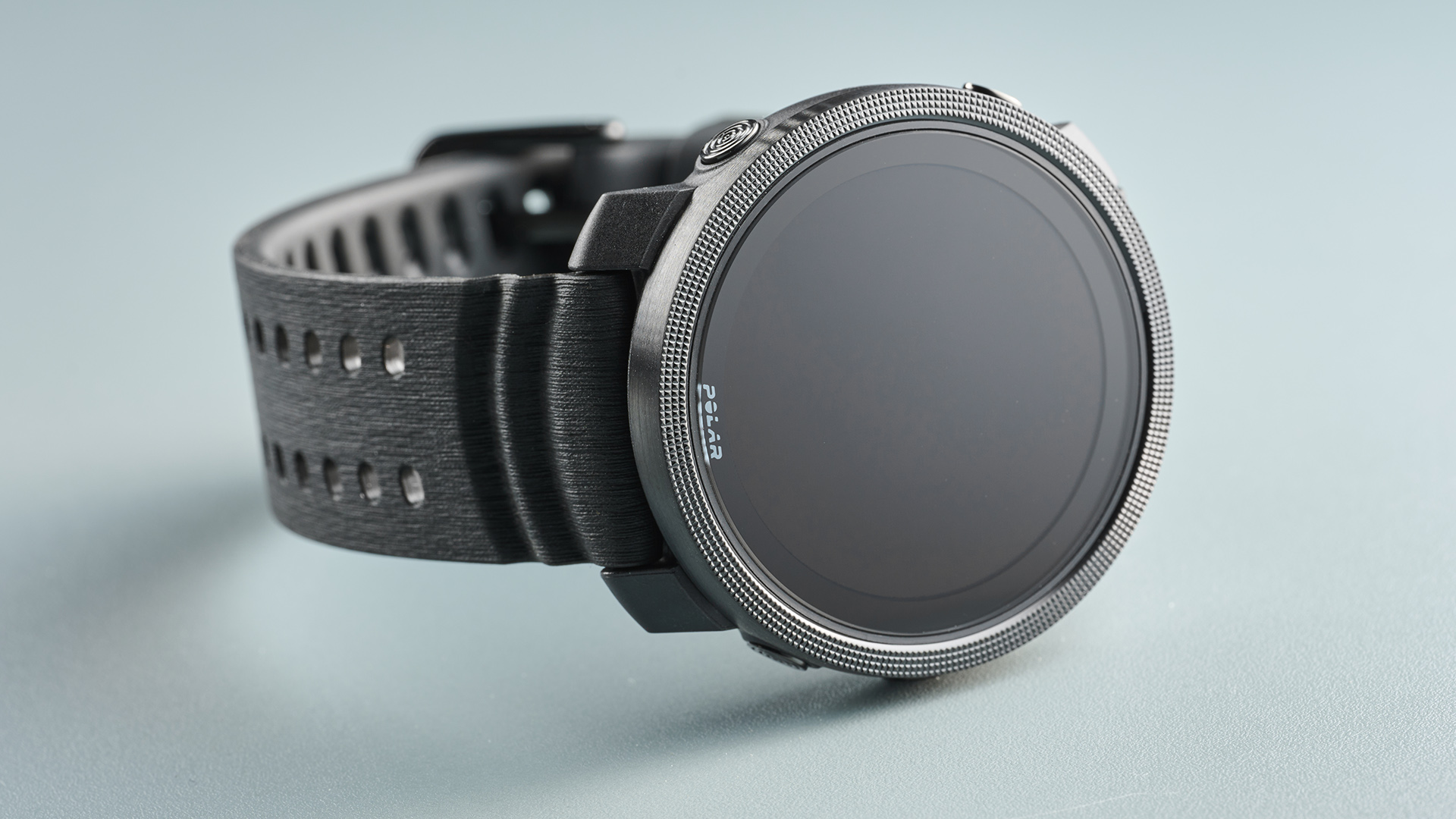

Specifications
Reasons to buy
Reasons to avoid
The Polar Vantage M3 is a mid-range triathlon watch offering a vibrant 1.28-inch AMOLED display, dual-band GPS, and advanced health features such as wrist-based ECG and skin temperature tracking. Its lightweight design and stainless-steel bezel provide a premium feel, though the plastic body may seem less robust compared to competitors.
Its direct competitors are the Forerunner 255 and the Suunto 5 Peak. The former is known for its reliable GPS tracking, heart rate monitoring, and more intuitive companion app, while the latter is lightweight in design and offers solid performance tracking.
While the Vantage M3 excels in fitness and health tracking, it falls short in smartwatch capabilities, lacking an app store for third-party features and offering limited functionalities beyond fitness tracking. The Polar Flow app could also use a facelift (we're ready when you are, Polar).
All that said, the Polar Vantage M3 is a strong contender in the mid-range fitness watch market, offering advanced health- and fitness-tracking capabilities and handsome hardware.
Read our full Polar Vantage M3 review.
Best die-hard
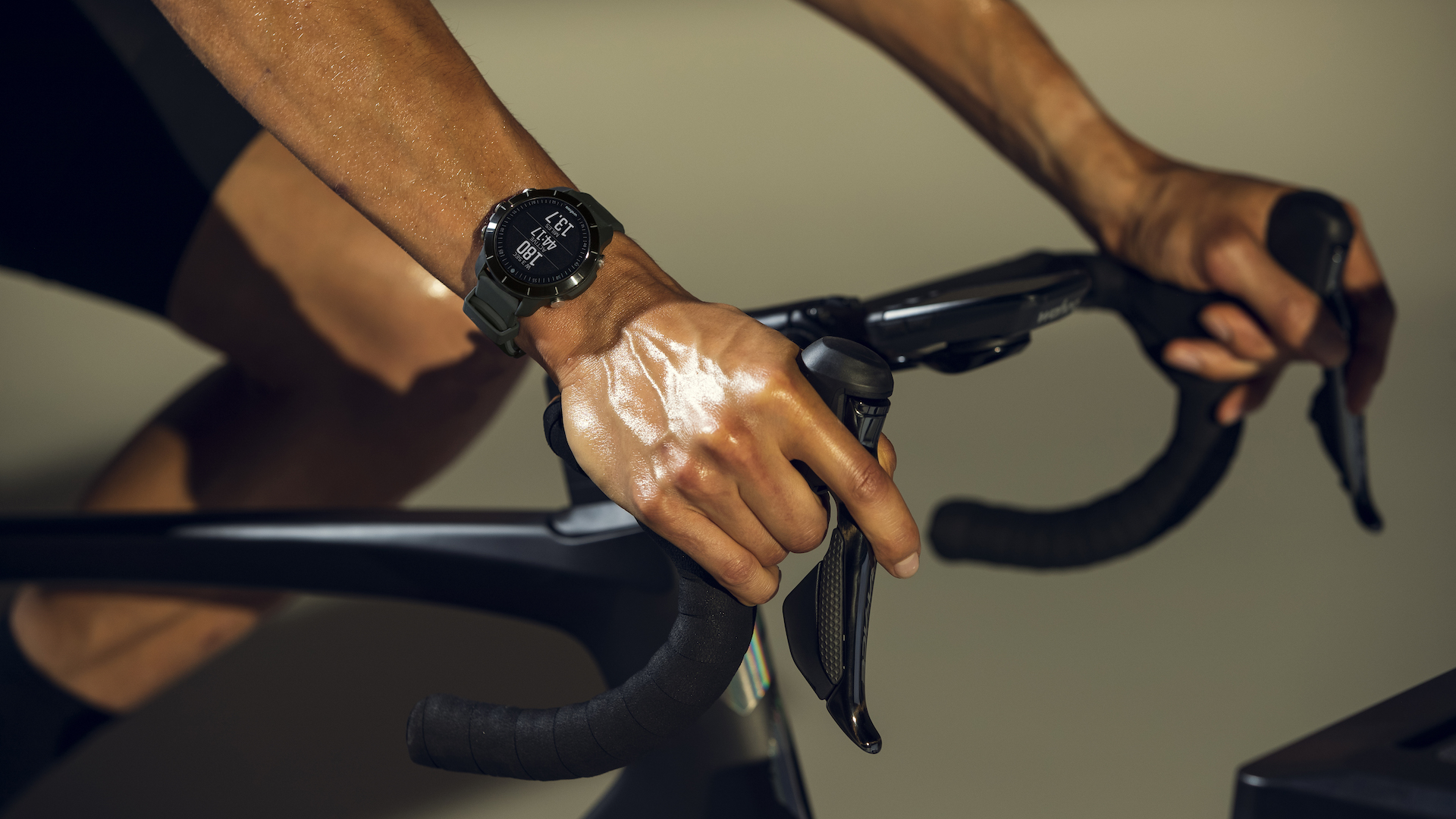

Specifications
Reasons to buy
Reasons to avoid
Although not as rugged as Garmin's Fenix range (or anything from the Suunto catalogue, for that matter), nor as good as a general fitness watch as, say, a Fitbit, the Wahoo Elemnt Rival majors on its swim/bike/run focus.
Wahoo's smartwatch delivers a bucketload of data that requires minimal interaction with the tech, allowing you to focus on performance with only a cursory glance at the watch's face.
Leon said in his review, "The Touchless Transition is an incredible innovation and works very well. "At the same time, the fact that data is seamlessly handed over to other Wahoo bike computers will please anyone who is already invested in the ecosystem." The software has been updated since the launch, so the Elemnt Rival can now analyse sleep and has STYRD integration, among other things.
Read our full Wahoo Elemnt Rival review.
Best premium
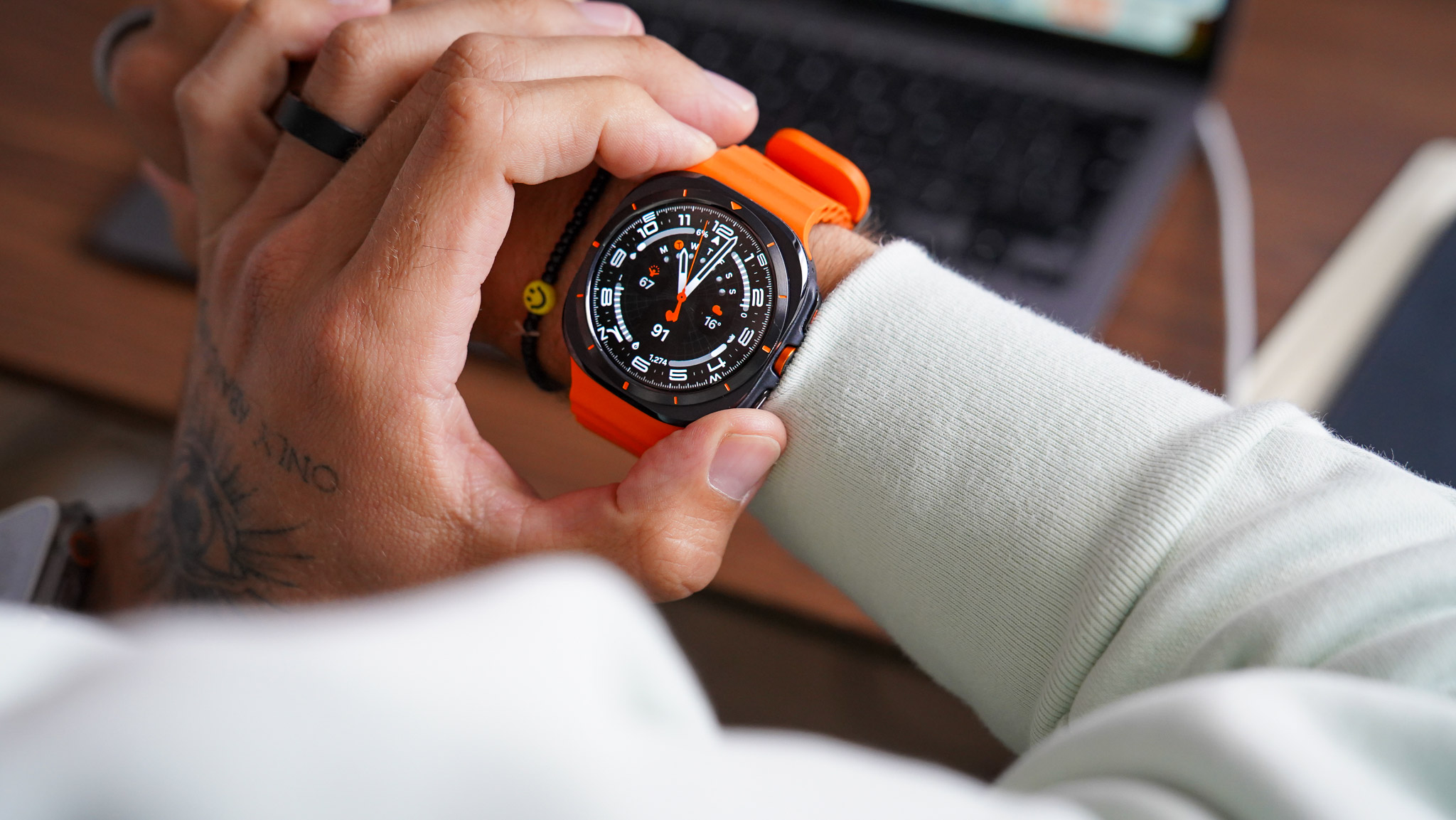

Specifications
Reasons to buy
Reasons to avoid
The Samsung Galaxy Watch Ultra is a robust multisport watch designed to appeal to serious athletes and adventurers. With its rugged titanium case, IP68 rating, and MIL-STD-810H compliance, it is built to endure extreme conditions similar to high-end outdoor watches.
One major drawback compared to other triathlon watches listed in this guide is the battery life. Even in low power mode, the Galaxy Watch Ultra can only last for up to 100 hours in smartwatch mode – a far cry from the performance of most Garmins and Polars.
That said, the watch excels in multisport tracking and can automatically detect and log various activities without manual input. The multisport mode allows you to track a full triathlon as one workout, and you can create your own workout to track activities such as a duathlon.
Its fitness features include dual-band GPS for precise tracking, heart rate monitoring, and advanced metrics like functional threshold power (FTP) for cyclists, which is aimed at more dedicated athletes.
However, it lacks some adventure-specific features like navigation and mapping, which might be a drawback for those looking for a more comprehensive outdoor tool.
Overall, the Galaxy Watch Ultra's strength lies in its ability to seamlessly track a wide range of sports and activities, making it a compelling choice for those focused on fitness and multisport events.
Read my full Samsung Galaxy Watch Ultra review.
Best triathlon watch specs compared
| Row 0 - Cell 0 | Weight (case only) | GPS Battery Life | Smartwatch Battery Life | Water Resistance | Display Size |
Garmin Forerunner 965 | 53g | up to 31 hours | up to 23 days | 5 ATM | 35.4 mm (1.4") |
Garmin Fenix 7 | 50g | up to 57 hours | up to 18 days | 10 ATM | 33.02 mm (1.3") |
Polar Pacer Pro | 23g | up to 30 hours | up to 7 days | 5 ATM | 30.48 mm (1.2") |
Garmin Forerunner 255S | 39g | up to 30 hours | up to 14 days | 5 ATM | 27.5 mm (1.1") |
Polar Vantage V3 | 39g | up to 61 hours | up to 16 days | WR50 | 35.30 mm (1.39") |
Coros Pace 3 | 30g | up to 38 hours | up to 24 days | 5 ATM | 30.48 mm (1.2") |
Garmin Forerunner 745 | 47g | up to 16 hours | up to 7 days | 5 ATM | 30.48 mm (1.2") |
Wahoo Elemnt Rival | 53g | up to 24 hours | up to 14 days | 5 ATM | 30.48 mm (1.2") |
Samsung Galaxy Watch Ultra | 60g | not stated | up to 60 hours | 10 ATM | 38.1 mm (1.5") |
How to choose the best triathlon watch for you
Choosing the perfect triathlon watch is no small feat. First off, it needs to be as waterproof as a submarine, because let's face it, you're going to be swimming, biking, and running like a champ.
Look for one that can last longer than a marathon – we're talking at least 6-8 hours in GPS mode to ensure it survives the whole race without keeling over. Some batery beasts can even go for days in GPS mode – perfect for those ultra-endurance athletes who like to push the limits.
Then there's the swimming part. Your watch needs to do more than just float; it should also be able to track your underwater antics with precision. We're talking heart rate, stroke count, pace – the whole shebang. And let's not forget the transition between sports. You don't want to be fumbling with buttons while you're trying to peel off your wetsuit like a superhero, do you? Look for one with seamless sport-switching, so you can focus on the race, not your watch.
Comfort is key when you're racing for hours on end. Nobody wants a watch that feels like a shackle on their wrist. Opt for a flexible strap and smooth casing that molds to your arm like it was made for you. And let's not forget durability.
Your watch should be able to take a beating and come out unscathed – whether you're hitting the pavement or accidentally banging it against your bike. Look for tough materials like Gorilla Glass or Sapphire crystal lenses and sturdy casing that can handle whatever you throw at it.
How we test the best traithlon watches
Testing triathlon or multisport watches requires a comprehensive approach to evaluate their performance across swimming, cycling, and running disciplines.
Firstly, we assess the watch's waterproofing capabilities by subjecting it to rigorous immersion tests. We evaluate its ability to track swimming metrics such as stroke count, lap times, and heart rate, paying close attention to accuracy and consistency.
Next, we transition to cycling, testing the watch's GPS accuracy and connectivity while on the move. We analyse its ability to track speed, distance, and elevation changes accurately, comparing its readings to known benchmarks and other devices for validation.
During the running phase, we focus on the watch's performance in tracking pace, distance, and heart rate while on foot. We assess its usability and readability on the go, considering factors such as screen visibility in different lighting conditions and ease of accessing key data fields.
We evaluate the watch's battery life in various modes, including GPS tracking, multisport mode, and everyday use. We also assess the watch's durability and comfort, considering factors such as strap design, casing materials, and overall build quality.
For more information on how we test at T3, click on the link now.
FAQ
Who makes Ironman triathlon watches?
Ironman triathlon watches are manufactured by Timex. The company partnered with the Ironman Triathlon brand in 1986 to create a durable, affordable, and user-friendly sports watch designed for endurance athletes.
How to set Ironman triathlon watches?
To set a Timex Ironman Triathlon watch, start by pressing and holding the “Set” or “Mode” button until the display begins flashing. Use the “Start/Stop” or “Lap/Reset” buttons to adjust the flashing values, such as hours, minutes, or date. Once you’ve set the correct value, press “Mode” again to move to the next field. Press “Set” (or sometimes “Mode” depending on the model) to save and exit.
Who makes triathlon watches?
Several companies make triathlon watches. Garmin dominates the space with its Forerunner series, offering advanced GPS, heart rate monitoring, and multi-sport tracking. Polar is another key player, with models like the Vantage series designed for endurance athletes. Coros has gained traction in recent years for lightweight, long-battery models popular with elite athletes.
Does Apple Watch have triathlon mode?
The Apple Watch does not have a native “Triathlon Mode” like Garmin or Polar watches, but it can track a triathlon using the Multisport workout introduced in watchOS 9. This feature lets you record swimming, cycling, and running as one continuous session, automatically or manually switching between disciplines.
How to record triathlon on Apple Watch?
To record a triathlon on Apple Watch, open the Workout app and scroll to “Multisport.” You can choose “automatic” transitions, where the watch detects when you switch activities, or “manual” transitions, where you swipe and confirm the next sport. Once started, the Apple Watch logs each leg with separate metrics, including transition times, and displays a total triathlon summary at the end.
What is the best triathlon watch?
The best triathlon watch depends on your budget and performance needs, but the Garmin Forerunner 965 is currently my top choice. It offers advanced multisport tracking, a lightweight design, a bright AMOLED display, and detailed training metrics, making it a favourite among serious triathletes. Polar’s Vantage V3 and Coros Pace 3 are great alternatives, with Polar excelling in heart rate accuracy and Coros in affordability and battery life.
What is the best Garmin watch for triathlon?
The best Garmin watch for triathlon also happens to be the best triathlon watch overall: the Forerunner 965. It features a bright AMOLED screen, multi-band GPS for enhanced accuracy, detailed training readiness metrics, and a long battery life suitable for Ironman-distance events.
What Garmin watches have triathlon mode?
The Forerunner series (745, 945, 955, 965) all have triathlon mode, as do the high-end Fenix and Epix Pro lines, which combine multisport features with outdoor navigation. The Enduro and Descent dive watches also include triathlon tracking. Even mid-range models, such as the Forerunner 255 and 265, support triathlon mode, making it more accessible to athletes who don’t require premium features.
Can I use Galaxy Watch for triathlon?
Yes, you can use a Samsung Galaxy Watch for triathlon, with the Galaxy Watch Ultra being the most capable option in Samsung’s lineup. The Ultra is built tougher, features improved water resistance, and offers longer battery life compared to standard Galaxy Watch models, making it more suitable for extended training days.
What's the difference between running and triathlon watches?
Running watches focus on tracking runs with features like GPS, heart rate monitoring, and pace measurement. In contrast, triathlon watches cater to multi-sport athletes participating in swimming, cycling, and running events. They are waterproof, offer multisport modes, and provide advanced metrics for swimming. Triathlon watches have longer battery life, recovery tracking, and navigation tools for training and races. Built with durability in mind, they withstand outdoor conditions and may include bike mounts. While both track fitness, triathlon watches meet the unique needs of triathletes, offering comprehensive features for each leg of the race.
Are Fitbits good for triathlon?
Fitbits can be suitable for basic triathlon training due to their fitness tracking capabilities, including heart rate monitoring, step counting, and GPS tracking for running and cycling. However, they may lack some advanced features specific to triathlon, such as multisport mode, open water swim tracking, and detailed performance metrics. Serious triathletes may prefer dedicated triathlon watches from brands like Garmin, Suunto, or Polar for more comprehensive training and race analysis.
Is Garmin 245 a triathlon watch?
The Garmin Forerunner 245 is primarily designed for running and general fitness tracking. While it offers many advanced features for runners, such as GPS tracking, heart rate monitoring, and performance metrics, it lacks some specific features needed for triathlon, such as open water swim tracking and multisport mode. For dedicated triathlon training and racing, you may want to consider Garmin watches from the Forerunner 7 series or the Fenix series, which are designed with multisport capabilities in mind.
Is a triathlon watch necessary for training?
While specific research on wearables exclusively for triathlon training is limited, the combined findings from running, cycling, and swimming studies suggest that these devices can provide comprehensive data across all three disciplines.
For example, fresh research from 2024 concludes that "GPS-enabled sports watches can provide valuable data for running, and their accuracy must be carefully assessed." Another study from 2023 says, "The provision of real-time data offers substantial advantages in areas such as performance analysis, injury prediction, and rehabilitation."
Reviewer panel
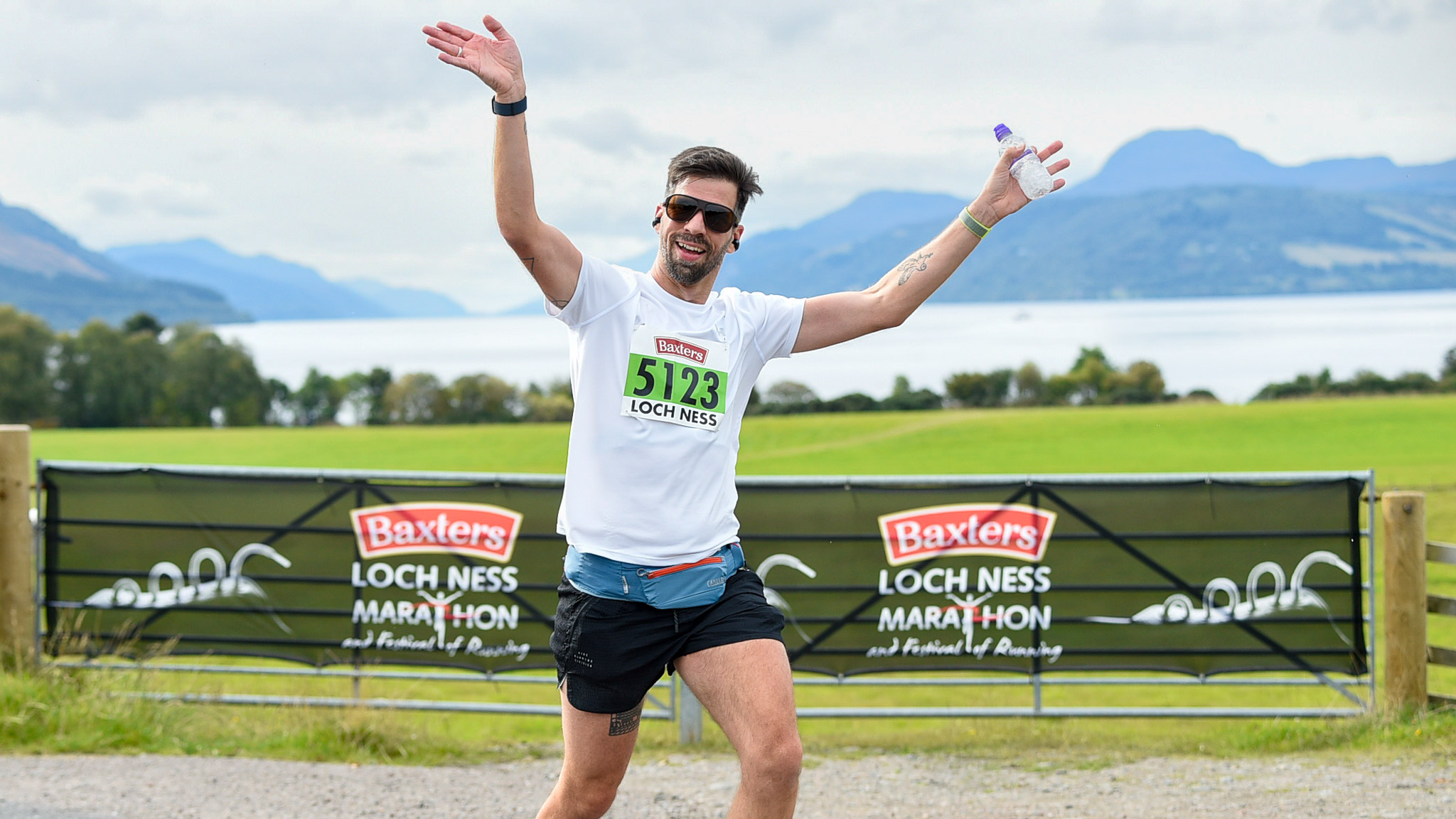
Matt's been T3's main wearable tester for years. He's tested and reviewed almost all watches from brands such as Garmin, Polar, and Suunto, as well as Apple, Google, Samsung, and more, over the last few years. He's a keen runner and cyclist and can occasionally be found doing laps in a local marine lake. Matt tested the majority of the triathlon watches in this guide.
There are people who lead an active lifestyle, and then there is Leon. When he's trying not to kill himself on a mountain bike, surfboard, or other extreme activity, he'll write reviews and features for T3 about said activities. He reviewed a couple of the wearables in this guide.
Mark's been T3's top outdoor reviewer and is a keen climber, mountaineer and scuba diver. He's reviewed a couple of the outdoor-focused multisport watches in this guide.
Get all the latest news, reviews, deals and buying guides on gorgeous tech, home and active products from the T3 experts

Matt Kollat is a journalist and content creator who works for T3.com and its magazine counterpart as an Active Editor. His areas of expertise include wearables, drones, fitness equipment, nutrition and outdoor gear. He joined T3 in 2019. His byline appears in several publications, including Techradar and Fit&Well, and more. Matt also collaborated with other content creators (e.g. Garage Gym Reviews) and judged many awards, such as the European Specialist Sports Nutrition Alliance's ESSNawards. When he isn't working out, running or cycling, you'll find him roaming the countryside and trying out new podcasting and content creation equipment.
- Lee BellFreelance Contributor